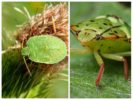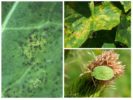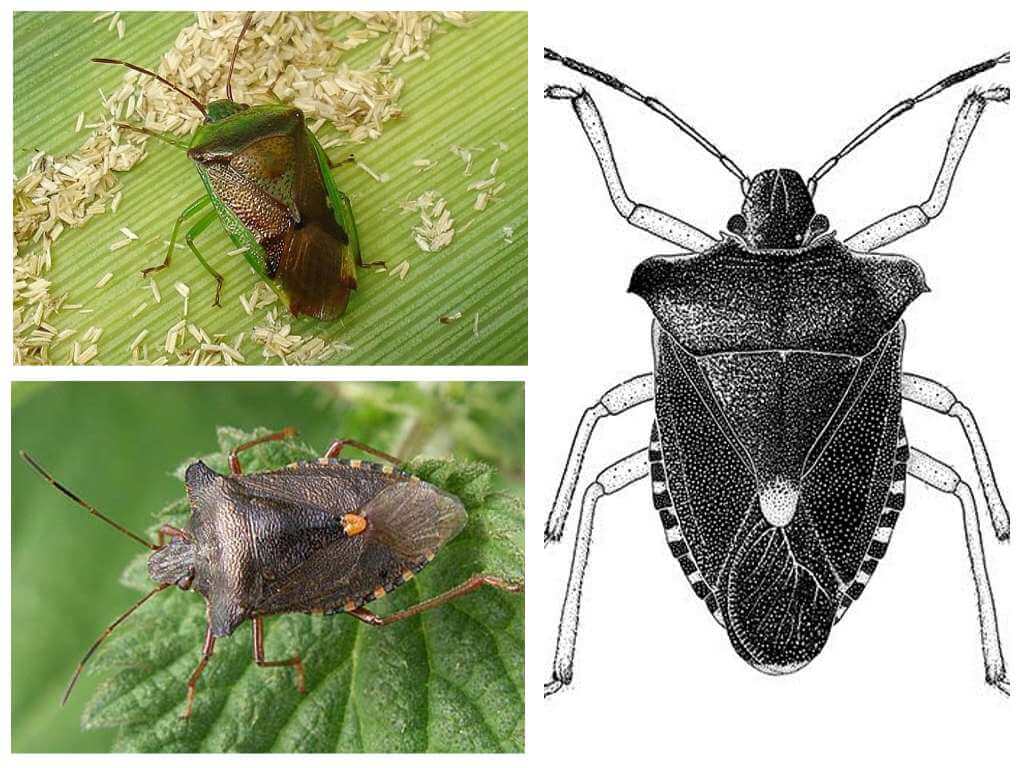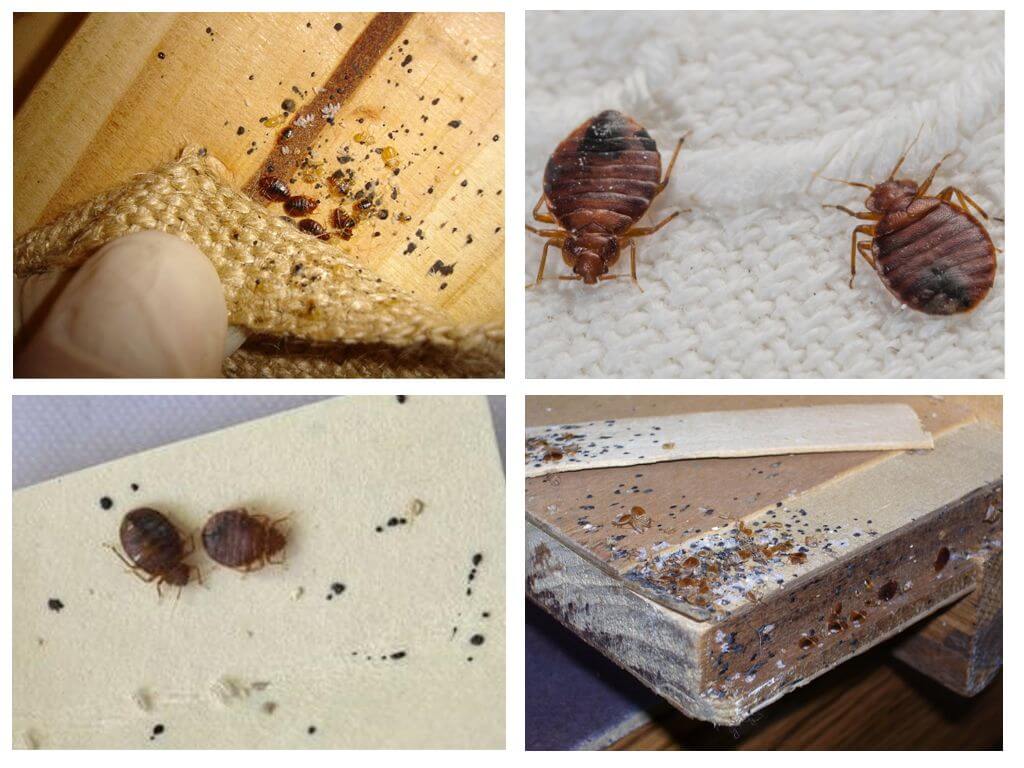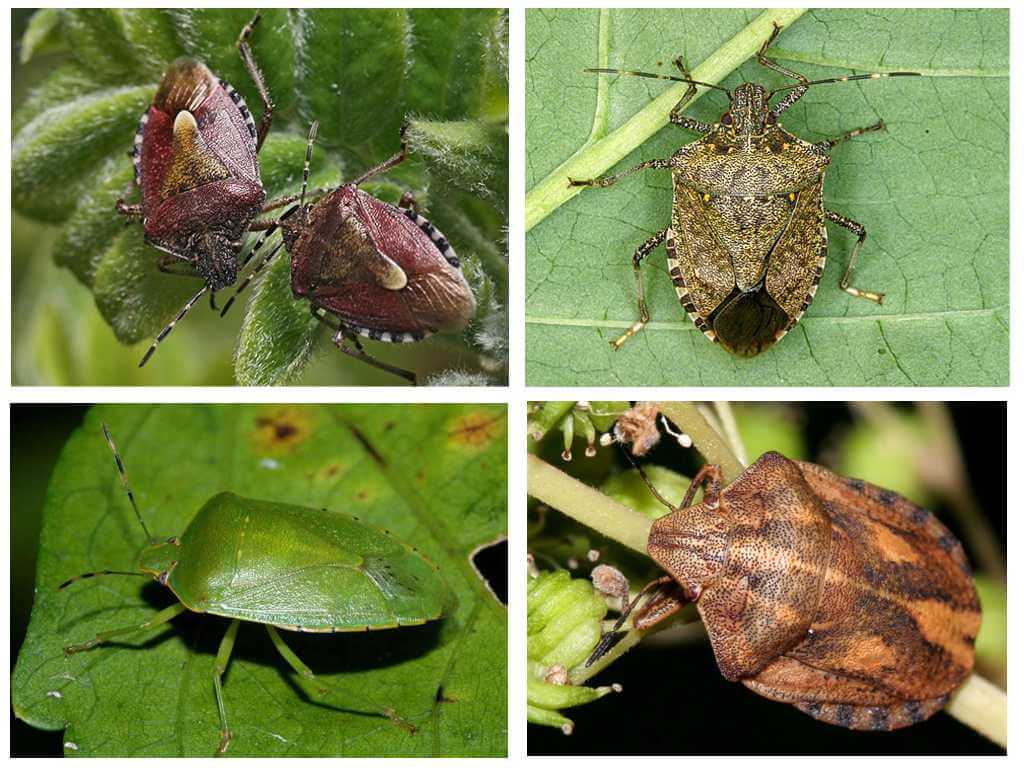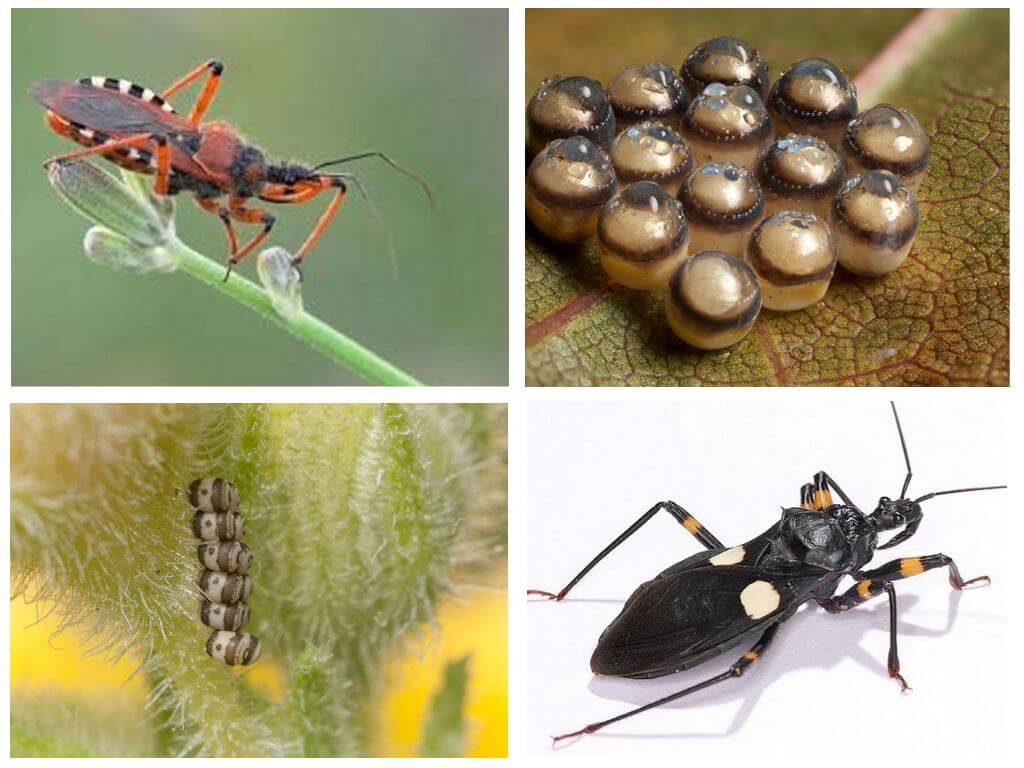- Grass bug
- Harm from a grass bug
Bed bugs belong to the class of insects, which has about 40 thousand species. Some deliver a lot of inconvenience to humans, others to animals, and still others destroy any vegetation in their path, including grass or wild bugs. They live in gardens, forests, fields. While the numbers are insignificant, they do not pose any threat, but as soon as there are too many of them, grass bugs attack cultivated, garden trees, causing great damage to agriculture.
What does a pest look like?
The grass bug has an oval, flat, slightly elongated body on the sides and three pairs of legs. The color ranges from brown-green to black, below is a photo of a grass bug. The hard shell plays the role of a shield, protecting it from birds and larger insects.
On the shield you can see a typical image for this type, approximately resembling a yellow letter W, as well as minor dots and dashes. A yellow head, on which a pair of long whiskers is located, red eyes are visible on the sides. Grass bug grows up to 7 mm in length.
What do grass bugs eat?
Grass bugs are considered pests of horticultural crops. They can be found at:

- cucumbers;
- spicy herbs;
- garden trees;
- raspberries;
- Strawberries
- wild strawberries.
- tulips;
- roses;
- chrysanthemums;
- lawn grass.
The question whether a grassy bug is dangerous for a person seems strange, because its menu consists only of the juice of trees and plants.
Important!
The leaves that have been attacked by the bug become sluggish, brown and yellow spots appear on them. After the invasion of pests, the tree may die.
Bug behavior
A bug wakes up, like all insects, in early spring. In winter, hiding under the bark of trees. After hibernation, it eats young leaves, shoots, stems, tops, replenishing the nutrient reserves spent during the winter. In April, the mating season begins, and in May, females lay their eggs on the buds, leaves and stems of trees.
Larvae appear in June and immediately begin to eat the leaf on which they are located. The body is light in color, soft, vulnerable, wings are absent. In the process of growth, the chitinous shell becomes denser, wings develop. The larva undergoes five stages of development, each of which is accompanied by molting.
During maturity, young individuals need constant nutrition. They absorb much more plant juice than adult insects. In one season, grows up to four generations of grass bugs. They fly very rarely, mainly in search of food.
How to determine by a plant that a bug has attacked it
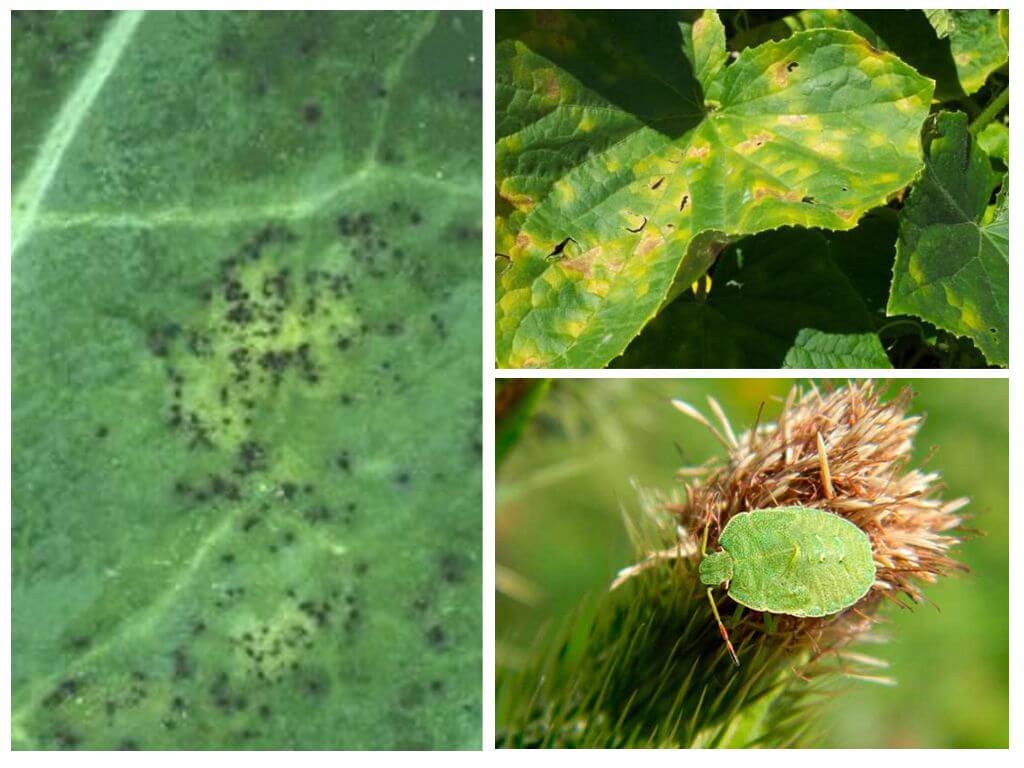
Summer residents most often find grass bugs on cucumbers, celery, parsley. Pests begin to eat plants from the upper leaves, from the lower side. The larva sucks out all the juice, as a result of which the plant cells begin to die, necrosis appears in the form of yellow, and then brown spots, which burst after a short period of time.
The contour of the sheet is distorted, holes appear, gradually it curls and dies. When the parasite attacks the cucumbers, flowering stops, the ovaries fall off, the growth process slows down, and the vegetable is deformed. Young seedlings most often die.
On a note!
Where the larva was, you can find black dots and dried skins that appear as they grow.
Prevention and methods of combating grass bugs
The main prevention against plant death is their timely planting:
- it is necessary to plant seedlings as early as possible so that it can grow and grow stronger by the time larvae are born;
- when choosing seeds, preference should be given to parasite-resistant varieties;
- monitor the cleanliness in the garden, timely weed the beds, prevent the growth of weeds;
- systematic inspection of plants, beds, flower beds, especially during the period of active growth, when the seedlings are too young and vulnerable;
- in the fall, after harvesting, weeds, dried leaves need to be removed, burned, and the soil plowed.
In the evenings, it is advisable to spray the garden with soapy water or put soap shavings between the beds. If the invasion could not be avoided, treat the plants with insecticides, basically just one treatment is enough. It is better to resort to emergency measures for the mass death of garden crops, and before that, simple methods of prevention should be dispensed with.
